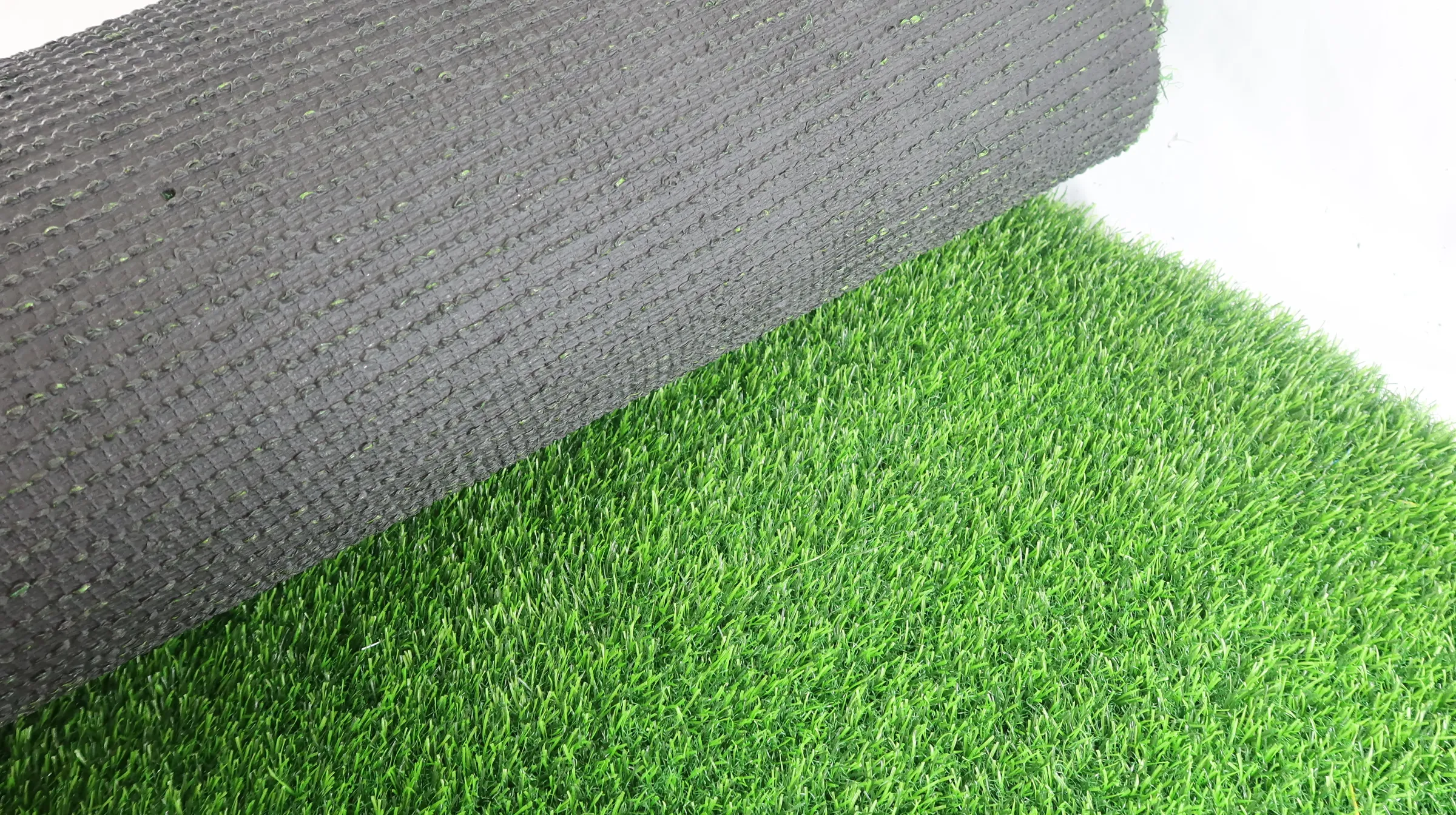
- Afrikaans
- Arabic
- Belarusian
- Bengali
- Czech
- Danish
- Dutch
- English
- Esperanto
- Estonian
- Finnish
- French
- German
- Greek
- Hindi
- Hungarian
- Icelandic
- Indonesian
- irish
- Italian
- Japanese
- kazakh
- Rwandese
- Korean
- Kyrgyz
- Lao
- Latin
- Latvian
- Malay
- Mongolian
- Myanmar
- Norwegian
- Persian
- Polish
- Portuguese
- Romanian
- Russian
- Serbian
- Spanish
- Swedish
- Tagalog
- Tajik
- Thai
- Turkish
- Turkmen
- Ukrainian
- Urdu
- Uighur
- Uzbek
- Vietnamese
stadium artificial grass
Oct . 20, 2024 00:03 Back to list
The Emergence of Artificial Grass in Stadiums A Revolution in Sports Infrastructure
In recent decades, the evolution of sports infrastructure has mirrored advancements in technology and sustainability. Among the innovations shaping the landscape of modern athletic facilities, the introduction of artificial grass stands out as a pivotal development. With its ability to enhance playability, reduce maintenance costs, and withstand adverse weather conditions, artificial grass has gained significant traction in stadiums around the world.
The Advantages of Artificial Grass
One of the primary benefits of artificial grass is its durability and resilience. Natural grass fields can become damaged due to heavy foot traffic, adverse weather conditions, and improper maintenance. In contrast, artificial turf is engineered to resist wear and tear, allowing stadiums to maintain a pristine playing surface year-round. This resilience translates into fewer game cancellations and interruptions, providing a consistent experience for players and fans alike.
Moreover, artificial grass requires considerably less maintenance than natural grass. Traditional fields demand regular mowing, watering, and fertilizing, which can be prohibitively time-consuming and expensive. Artificial turf, on the other hand, eliminates the need for such upkeep, significantly reducing maintenance costs. This efficiency is particularly beneficial for multi-use stadiums that host various sporting events, concerts, and community activities, ensuring a well-maintained field without the burden of extensive labor.
Environmental Considerations
As the world shifts towards more sustainable practices, the environmental impact of stadium maintenance has come under scrutiny. The excessive water consumption associated with natural grass farming is unsustainable, especially in regions prone to drought. In contrast, artificial grass conserves water, making it a more environmentally friendly option. Although the production of synthetic turf involves the use of petroleum-based materials, advancements in recycling and sustainability in the manufacturing process have made it increasingly eco-conscious.
Furthermore, many artificial grass products today are designed with sustainability in mind. Innovations such as infill materials made from recycled rubber or organic substances help to mitigate the environmental footprint of artificial fields. When installed and maintained properly, modern synthetic turf can last for more than a decade, contributing to a more sustainable approach to sports facilities.
stadium artificial grass

Enhancing Performance and Safety
Another significant advantage of artificial grass is the consistent playing conditions it provides. Unlike natural grass, which can become muddy or uneven during inclement weather, artificial surfaces offer a stable footing that can enhance performance and reduce the risk of injury. Athletes appreciate the predictability of synthetic turf, which promotes a uniform playing experience. Consequently, many professional sports teams have transitioned to artificial grass to optimize their training and gameplay.
Safety is a paramount concern in any sporting environment, and artificial grass addresses this issue effectively. Advanced technologies in turf design, such as shock-absorbent layers and non-toxic materials, contribute to player safety. While some critics argue that the risk of injuries—including turf burns and joint issues—may increase on synthetic surfaces, studies have shown that when properly installed and maintained, artificial grass can provide comparable safety levels to natural grass.
The Future of Stadium Design
As sports arenas continue to evolve, the role of artificial grass is likely to become even more prominent. The demand for versatile, functional, and eco-friendly facilities is shaping the design and construction of stadiums around the world. Many architects and engineers are incorporating modular designs that facilitate easy installation and replacement of artificial turf, enabling quick upgrades and repairs.
Moreover, the integration of advanced technology in stadiums, such as lighting systems and crowd management algorithms, enhances the overall spectator experience. Artificial grass complements these innovations by ensuring that the playing surface remains optimal, regardless of external conditions. This synergy between technology and infrastructure is poised to redefine how fans experience live sporting events.
Conclusion
The adoption of artificial grass in stadiums represents a significant advancement in sports infrastructure. With its numerous advantages—including durability, cost-effectiveness, and enhanced safety—synthetic turf is set to play a crucial role in the future of sports facilities. As teams and stadium operators increasingly prioritize sustainability and versatility, artificial grass will likely remain at the forefront of this transformation, shaping the way sports are played and enjoyed for generations to come.
-
The Benefits of Artificial Turf for Indoors
NewsJul.15,2025
-
How Artificial Grass Suppliers Ensure Quality Products
NewsJul.15,2025
-
Artificial Grass and Pets: A Space for Relaxation
NewsJul.08,2025
-
Balcony & Outdoor Decoration with Artificial Grass
NewsJul.08,2025
-
Best Indoor Artificial Grass for Home
NewsJul.07,2025
-
Best Pet Turf for Dogs: Safe & Durable Artificial Grass Options
NewsJul.07,2025
Products categories









